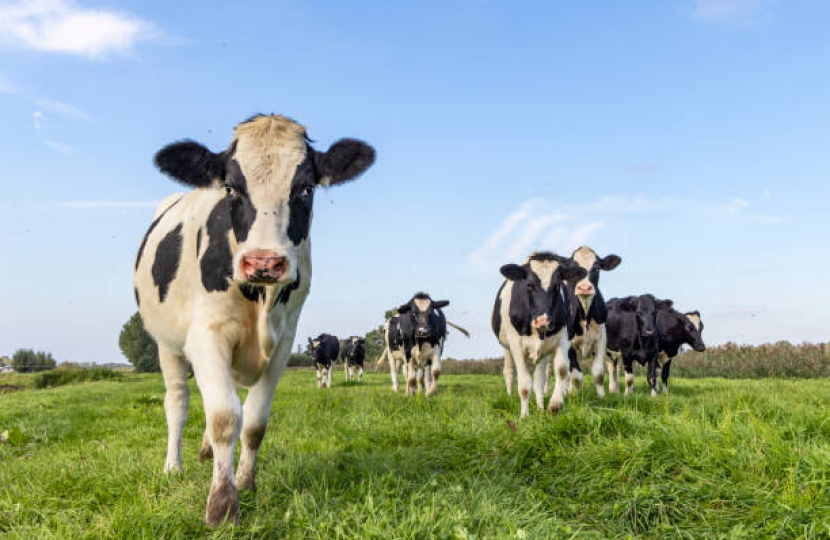
Despite debate about the precise route to net zero, there has been a steady convergence of opinion around the impact of greenhouse gases on climate change, the need for the world to act in a coordinated way and the importance of the UK taking a leadership role in developing the technologies that will help us meet the challenge.
One area that remains highly contested is the issue of the UK's farming industry and the role of methane as a greenhouse gas (GHG). While it is an accepted scientific fact that methane is a very potent GHG, that's about as far as the consensus goes. While potent, methane is a short-lived gas in the atmosphere, lasting for about 10-12 years compared to over 200 years for Carbon Dioxide. It is increasingly clear that national GHG inventories around the world are significantly understating the emissions of methane from manure and especially from slurry stores. Current assumptions are based on outdated research from the 1970s but new data from research done in both Canada and the UK shows those current assumptions to be flawed. The bad news is that emissions are probably much higher from intensive dairy and livestock units than previously thought, but the good news is that methane from such stores can now be captured and used as a fuel which both removes GHG emissions and displaces fossil fuels. It's a great example of new technology offering the solution.
The claim made by some that reducing national consumption of meat would reduce our national emissions of methane is also flawed. We do not measure greenhouse gases at the point of consumption but by national industry emissions. Because our livestock industry is globally competitive, even if meat consumption in the UK fell, the balance would simply be exported to a growing world market and our emissions would remain unchanged. If we took steps to undermine livestock production in the UK but imported our meat instead, we would not have done a clever day's work for the planet because the carbon footprint of imported meat is roughly double that of home-produced meat.
Every field of environmental policy is complex because the environment is complex. When crafting a future agriculture policy, I was very keen to ensure that we struck the right balance between measures that would reduce GHG emissions and measures that would support the recovery of nature. I am optimistic about our ability to both increase agricultural output and make space in our farmed landscape for nature, because we have done the research and we know that there is no direct correlation between food production and the land area used. Some 35% of our agricultural output comes from just 4% of the land, because sectors such as pigs, poultry and horticulture have high-value outputs but do not use a huge amount of land. At the other end of the scale, around 20% of farmland in England produces just 3% or 4% of our total output. It is pretty obvious that we can make space for nature, do some tree planting and restore vulnerable habitats such as peatland, but also invest in new horticulture, glasshouses and crops to expand our domestic food production and enhance our food security.
Supporting a kinder, more nature friendly approach to livestock farming coupled with new technology is what will actually deliver for our environment, not forcing everything to new levels of intensive production without making space for nature nor lecturing people about eating meat.

